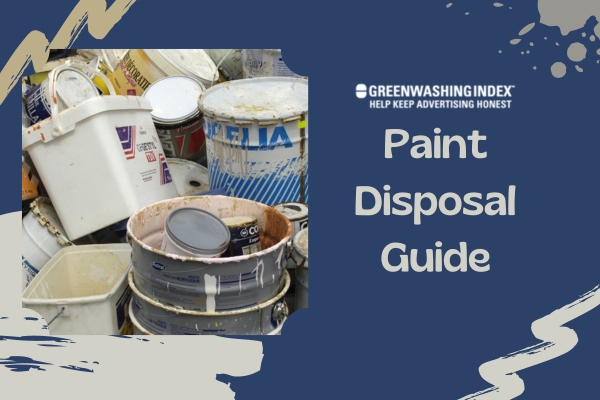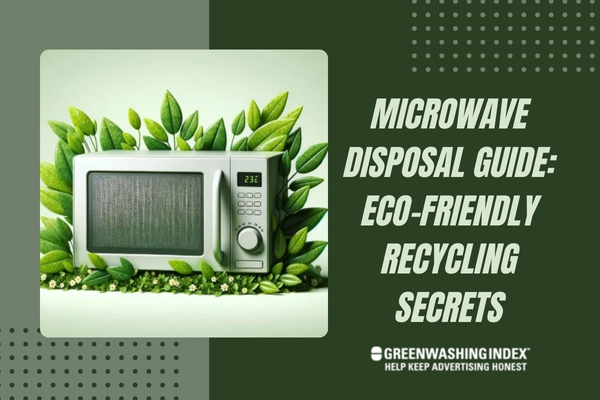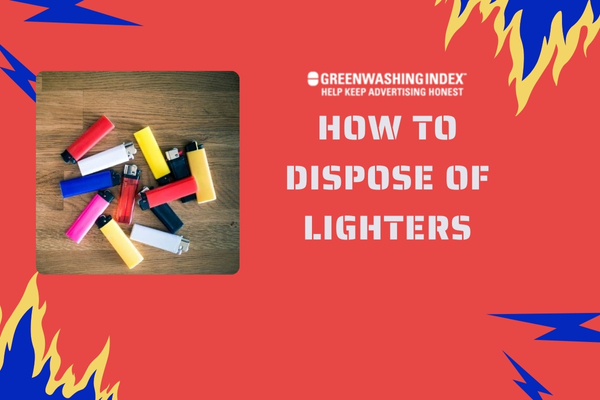Ever stood there, a paintbrush in hand, staring at cans of leftover paint and scratching your head? If you’re nodding, you’re not alone. I’m here to walk you through the maze of paint disposal, making sure we do right by both our beautiful planet and the law.
Did you know that the way we ditch our paint can harm our environment? It’s true! And it’s also easy to mess up if you’re not in the know. But fear not; I’ve got your back.
Not sure how to dispose of that old paint lurking in your garage? The key is to understand whether it’s oil-based or water-based because each type has its own eco-friendly methods for disposal.
While local recycling programs are fantastic for water-based paints, oil-based paints require special attention due to their hazardous nature. Of course, drying out small amounts for safe trash-day transport is a nifty trick, too – more on that later!
A Brief Overview of Paint Disposal
Getting rid of old paint isn’t as simple as just tossing the can in the trash. It requires care and knowledge about paint disposal. Many people don’t know that some paints can harm the environment or even cause health issues if not disposed of properly.
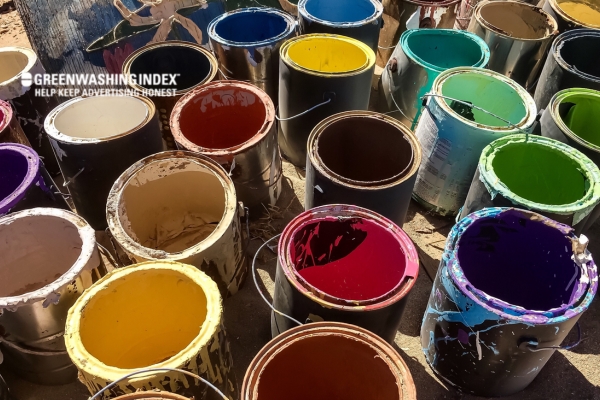
So, I’m here to talk about how to get rid of paint in the right way. Think of this guide as your handy helper when you’re looking at that old paint can and wondering, “What do I do with this?”
Brushing Up on Basics
When people finish painting their room or a piece of furniture, they’re left with a question: What should be done with the leftover paint? That’s where I come in.
Paint comes in many types, like oil-based or latex, and each type has its own disposal method that follows environmental safety rules.
Firstly, it’s important to check how much paint is left. If it’s just a little bit at the bottom, you can let it dry out by leaving the lid off. Once it dries completely, you can toss out the solid pieces in your regular garbage bin – but only if your local laws say it’s OK.
But for more than a little leftover paint? You’ll need to find another way – like using cat litter or a waste paint hardener – to mix these with wet paint and help it dry out so that you can throw it away safely.
You might also hear about recycling places where they accept old paints, which are great for giving that unused color a new life instead of ending up harming nature.
Remember, my friends, proper paint disposal is not only safer for us but also kinder to our planet Earth!
The Importance of Responsible Paint Disposal
Why should we worry about correct paint disposal anyway? Being careless doesn’t just risk polluting our beautiful nature; there are legal issues, too!
Paints have chemicals – they keep the color of walls looking good. But these chemicals don’t play nice with nature. They can leak into groundwater or soil, hurt wildlife, and make plants sick – causing ecosystems lots of trouble! That’s why many areas have strict rules (hazardous waste disposal guidelines) on how we get rid of paint.
By following correct procedures – eco-friendly and responsible ones – we keep our rivers clean and animals safe from harsh pollutants.
But think about this, too: throwing away useful stuff is simply wasteful! Unused paints could help color community spaces or even art projects if recycled well. There are often services provided by cities where leftover paints are collected safely according to environmentally friendly paint disposal methods such as waste recovery programs, making sure nothing gets wasted needlessly!
So when thinking about chucking out those cans – remember their impact goes beyond your trash bin.
Think green—and dispose responsibly!
Paint Disposal Laws and Guidelines
When I think about paint disposal, understanding the local laws is crucial. Every place has its own rules on how to throw away paint correctly. By following these rules, we make sure that we’re not harming our environment or breaking any laws.
Grasping Your Local Paint Disposal Laws
Understanding how to get rid of paint the right way starts with knowing the rules where you live. Every town or city has its own set of laws for paint disposal, so it’s super important to check these out before you start tossing cans into the trash.
- Find Out Who Makes the Rules: In many places, local waste management services provide guidance on how to throw out paint. They’ll let you know what kind of paint is okay to toss in your regular garbage and what kinds need special care.
- Different Types of Paint: Not all paints are treated the same. For example, latex paint (that’s water-based) is often not considered hazardous, but oil-based paints are a totally different story because they can harm the environment.
- Drying It Out: Some local laws say it’s fine to throw away latex paint if it’s dried up. To do this safely, I’d leave the lid off or use products like kitty litter to soak up and dry out any leftover paint.
- Hazardous Waste Collection Programs: Many cities have special events or drop-off sites for hazardous waste – that includes oil-based paints, for sure! These programs make sure harmful stuff isn’t tossed into landfills where it could hurt our planet.
- Recycling Options: You might be surprised that some places let you recycle old paint. Recycled paint can live a new life on someone else’s wall or in another project!
Always double-check with local authorities so you know what rules apply to you when it comes to throwing away old cans of color.
Federal Regulations Impacting Paint Disposal
The United States has some big-picture rules that affect how everyone should deal with getting rid of old paint, too:
- Resource Conservation and Recovery Act (RCRA): This is a major law that talks about safe disposal methods for all kinds of rubbish, including hazardous kinds like some paints.
- Environmental Protection Agency (EPA): These are the folks who make sure we’re not harming Mother Earth with our waste. The EPA sets guidelines on what makes something hazardous and runs programs that help us dispose of these materials safely.
- Toxic Substances Control Act (TSCA): When it comes down to truly dangerous items, TSCA steps in. It helps control stuff like lead-based paints, which can be really bad news for health and nature if they’re not thrown away right.
Following these federal regulations means keeping toxic chemicals out of our parks, rivers, and neighborhoods. To do my part in eco-friendly paint disposal, I always check both local and federal guidelines before cleaning up after a painting project.
And remember: a little effort in proper paint disposal goes a long way toward keeping our planet clean!
Types of Paint and Their Disposal Methods
When I think about paint disposal, it’s important to know that not all paint is the same. There are mainly two types: oil-based and water-based, and each one needs a different method for safe disposal.
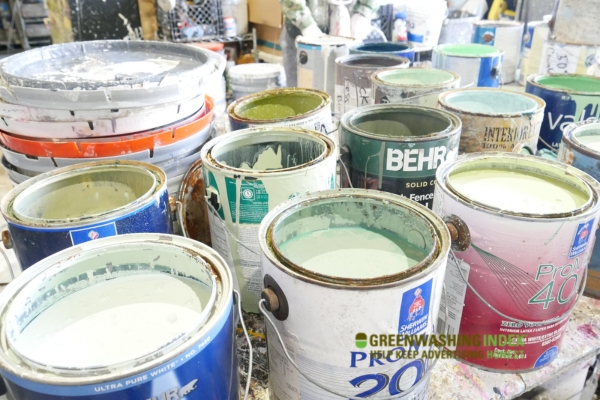
Oil-Based vs. Water-Based: A Disposal Dilemma
Oil-Based Paints
To get rid of oil-based paints, I must treat them as hazardous waste. That means:
- Do Not Pour Them Down the Drain: It can harm the environment.
- Do Not Throw in Regular Trash: It might be illegal and harmful.
- Use Proper Disposal Sites: Many places have waste centers designed for this kind of stuff.
For an eco-friendly tip, here’s what I do:
- Use up all the paint if possible, maybe on a small project or by painting a piece of cardboard.
- If there’s a little bit left, leave the can open in a well-ventilated area until it’s dry and hard.
- Some places mix kitty litter or sawdust into liquid paint to help it dry out faster.
Local recycling programs often hold events where people can bring their leftover paint for proper disposal.
Water-Based Paints (Latex)
Now, water-based paints are much easier to handle because they’re less toxic:
- They can often be dried out just like oil ones with sand or kitty litter if there’s only a little bit left at the bottom of the can.
- If there’s more than that, try donating it to local schools or theatre groups who could use it.
Remember these pointers:
- Always check with my local waste disposal service because rules may vary depending on where I live.
- Never throw liquid paint in trash cans or pour it down any drain inside my home.
An environmentally friendly way to dispose of latex paints is just like oil-based – use them up first if possible!
Lead-Based Paint Warnings
Lead-based paint is something else altogether because lead is dangerous:
- Always Professional: Call experts for removal; don’t try handling lead paint by yourself because inappropriate handling may cause health issues from lead exposure.
If I suspect my house has lead-based paints then here’s what should happen next:
- Test an area first using home testing kits available in most hardware stores – simple and easy!
- Contact professionals who specialize in hazardous materials – safety first!
Follow guidelines provided by local regulations when dealing with lead-based paints, especially considering their risky nature related to health troubles, including those affecting children, so avoid DIY solutions in this case!
Prepping Your Surplus for Safe Paint Disposal
Safe paint disposal is a big deal. We cannot just toss old paint in the trash. It can harm our planet. So, let’s talk about how to get your leftover paint ready the right way.
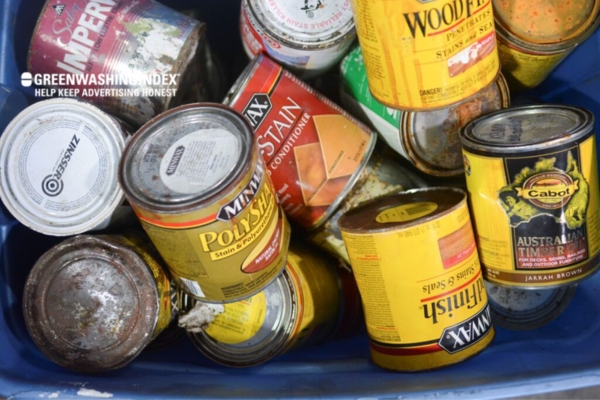
Estimating Leftover Quantity Correctly
When I have extra paint, I start by figuring out how much there is. Here’s what I do:
- Check the Can: Look at the label on your paint can. It should tell you how much was in there when it was full.
- Eyeballing It: Open your can and take a guess at what fraction is left – half, a quarter?
- Pour it Out: If guessing is tricky, I pour the paint into another container with measurements to know exactly how much is left.
- Marking Levels: If you don’t want to pour, dip a stick into the paint, mark where it hits, and then measure against your container.
Getting this step right helps me decide what method of disposal to use next.
DIY Techniques for Drying Out Small Amounts
If I’m dealing with small amounts of leftover paint (like an inch or less in the can), drying it out myself works well.
Here are step-by-step instructions:
- Open Air Method:
- Take off the lid.
- Leave the can somewhere safe from pets and kids.
- Let the air do its work until all liquid evaporates.
- Adding Absorbent Materials:
- Pour kitty litter or sawdust into your open can.
- Stir it up until everything looks like thick mush.
- Wait for this mix to dry completely before you consider tossing it out.
- Working With Cardboard:
- Find old cardboard boxes (thick ones are good).
- Pour out thin layers of paint across them.
- Once dry, you throw away this hardened painted cardboard safely with regular garbage.
Each time, I follow these steps carefully because doing so makes sure that my extra bits of house color don’t harm nature!
Recycling Options For Unused Paint
When it comes to paint disposal, I’m all about being kind to the Earth. We should all try our best to make sure we’re getting rid of paint the right way. I think recycling is one of the smartest choices. Let me walk you through how to recycle paint like a pro.
Navigating Local Recycling Programs
So, how do you find and use your local recycling resources? Good question! Here’s a step-by-step guide:
- Start with a quick internet search: I usually type in “paint recycling near me” and see what pops up.
- Check with local government sites: They often have detailed information on where you can take hazardous waste like old paint.
- Visit hardware or paint stores: Some places actually take back cans of unused paint – it’s worth asking!
- Call up a recycling hotline: If your city has one, these hotlines can tell you exactly where to drop off your cans.
- Look for community events: Sometimes, there are special days when you can bring in old paint for safe disposal.
Remember:
- To check if there are any fees involved.
- Keep lids on cans so people know what color it is (might get reused).
- Dry out small amounts of leftover water-based paints with kitty litter before tossing them in regular trash – only if recycling isn’t an option.
Innovative Reuses in Creative Endeavors
Don’t throw away that extra bit of color! Use it up instead. Check out some clever ways to give that old paint new life:
- Furniture Makeover: Brighten up a chair or table with whatever colors are left over.
- Art Projects: Canvases and murals don’t need brand-new paints; mix up your leftovers for original artwork.
- Plant Pots: Give pots an exciting look by decorating them with excess paints; make sure they’re suitable for outdoor use if pots will be outside.
- Community Service: Local theaters, schools, or community centers might love some free colors for their next project.
Here are a few tips:
- Always test the leftover paint on a small area first – just to make sure it still looks good when dried.
- Share! If you’ve got more than you can use yourself, see if friends or neighbors might want some for their own creative ventures.
So there we go – two earth-friendly ways (recycling programs and creative reuses) we can keep those extra gallons from going to waste while doing something good for our planet Earth! Remember, every little bit counts when we talk about eco-friendly methods like environmentally friendly paint disposal and hazardous waste disposal guidelines; let’s try these ideas out!
Professional Services for Larger Quantities
Handling large amounts of leftover paint can be tricky. There’s more at stake when it comes to disposing of gallons upon gallons, both for safety and legal reasons. This is where professional paint disposal services come into play.
Hiring Experts
When I’ve got a lot of paint to throw out, I might need to call in the pros. This is especially important when I can’t simply toss it in my trash bin. Let’s talk about when and why it makes sense to consider professional paint disposal services.
First off, large quantities of paint can’t go into the regular trash because of the harmful chemicals they often contain. If I’ve been painting my house or had a big renovation project, there could be buckets of the stuff lying around.
Here’s why professional services are needed:
- Safety Concerns: These experts know how to handle paint, so it won’t hurt them, me, or anyone else.
- Legal Rules: There are laws about getting rid of hazardous waste. Pros know these rules by heart.
- Environment Care: They have ways to get rid of paint that doesn’t harm our Earth.
- Saving Time and Stress: Instead of figuring it all out myself, experts can take this big task off my hands.
Hiring experts typically comes into play when dealing with gallons upon gallons or if there’s a time-crunch situation where getting rid of quickly and safely becomes crucial.
Making Environmental Responsibility Economical
Now, some might think that hiring professionals for eco-friendly paint disposal methods is going to cost an arm and a leg. But there are cost-effective solutions offered by these professional services that make being environmentally responsible easy on my wallet, too.
Evaluating professional services means looking at the following:
- Bulk Rates: If I’m tossing out a lot of paint, they might give me a discount.
- Proper Methods: They use systems that reduce environmental harm, which may save money in the long run (like avoiding fines for improper disposal).
- Recycling Options: Some places take old paint and turn it into new products – which can sometimes be cheaper than other ways of getting rid of it.
- Community Programs: Occasionally, cities or businesses will host free events where they collect hazardous waste like old paint.
Remembering these pointers means that doing good for our planet doesn’t have to empty my pockets!
FAQs
What should I never do when disposing of leftover paint?
You should never pour paint down the drain or throw it in the trash. This can harm the environment and is often illegal.
Can oil-based paints be treated similarly to water-based paints during cleanup?
No, oil-based paints need special care. They are considered hazardous waste and must be disposed of according to specific guidelines.
Where can I donate unused but good-quality surplus paint?
You can donate to local schools, theaters, community centers, or organizations that accept such donations for reuse in projects.
Conclusion
Wrapping up, I hope this guide instills in everyone the importance of responsible paint disposal. Let’s protect our environment by following the proper guidelines for disposing of different types of paint.
Remember, eco-friendly methods don’t only ensure compliance with local and federal laws but also safeguard our ecosystems. It’s in our hands to prevent potential harm by taking a thoughtful approach to paint disposal.

